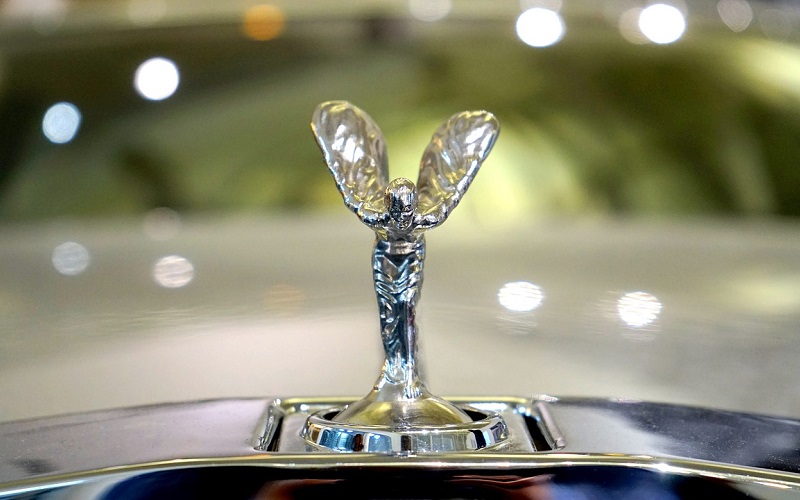A cutting compound is an abrasive material suspended in a soft paste, sort of a liquid sandpaper. Professional detailers use it for restoration and repair of car paint.
Your car has 3 layers of paint, first is the primer coat, second is the color paint and last is the protective clear coat. All 3 coats cover the car’s metal body. When your car paint gets a scratch, the top coat is the first to get a damage. You can actually see it as swirls or scratches. A cutting compound can remove a very thin layer to repair the damage. How thin? Imagine a paper but about 10X thinner. This will smooth out the damage top coat, making it appear smooth again.
Cutting Compound: How Different Is It from Other Compounds?
A compound is a type of detailing agent that has abrasive materials for “compounding” a car’s surface. This sandpaper-like quality is key to the compound’s effectiveness. There is no clear or universal naming convention to identify the difference between compounds. Below are general classifications to guide you on key differences.
Rubbing Compound
You can interchange this with a cutting compound and no one will complain. Both compounds can fix scratches by removing a thin layer of the clear coat. The difference lies in the abrasives. A rubbing compound has finer abrasives or “grit” in comparison with cutting compounds. Cutting compounds have coarser and harder abrasives, thus the name “cutting”.
Variance in grit is also the main differentiator between compounding products. For example:
- Meguiar’s Ultimate Compound has a higher abrasive quality in comparison with the regular 3M Rubbing Compound.
- Meguiar’s Mirror Glaze Cut Compound has a higher abrasive quality that their Ultimate Compound.
- 3M’s Extra Cut Rubbing Compound has an equal abrasive quality as Meguiar’s Mirror Glaze Cut Compound.
Polishers
Compounds are sometimes called polishers, too. But compounds have more abrasive properties in comparison with polishers. This causes compounds to leave micro scratches when they remove bigger and more visible scratches. Detailers use polishers to clean up these almost invisible scratches. Meguiar’s Ultimate Polish and 3M’s Perfect-It 3000 Machine Polish are products that fall into this category.
When to Use a Cutting Compound
The severity of the paint damage determines what detailing agent is needed to remove swirl and scratch marks. A detailer’s job is to repair paint damage completely or just enough to make it unnoticeable. They must do this by cutting or polishing off the very least amount of clear coat required to remove the defect.
- To repair scratches that are not only visible but deep enough to feel by hand
The cutting compound will shave off a thicker part of the clear coat in an attempt to level the surface. If the scratch is too deep, then maybe you will not be able to totally repair it.
- To remove oxidized paint which makes your car look dull
The cutting compound removes the damaged part to expose a fresher paint surface.
- To remove sticky impurities like tar, sticky sap and spray paint
Although a detailer might recommend using a clay bar instead of a compound.
Using cutting compound is NOT recommended for brand new cars or cars in good condition. These cars should have a relatively untouched clear coat. Using a cutting compound might lead to unnecessary thinning of an otherwise pristine clear coat. Cutting compounds are only for heavily weathered, oxidized, or damaged car paints.
Conclusion
We do not recommend using paint correction with a cutting compound often. Each compounding will remove a layer of clear coat until eventually, nothing remains. Cutting compounds are abrasive products and may not be suitable for cars with thin or soft coats. For minor paint issues like swirls and dull color, a detailer might recommend less aggressive options. Dullness in a car’s paint might be remedied by washing or waxing.
You need a professional detailer to carefully assess your car’s paint condition and to determine the severity of paint damage. Call DetailXPerts now to have your car checked. Our team of detailing experts will discuss whether your car is in need of compounding and how your car can have a renewed gloss and shine.
Enjoyed this post? Sign up for our newsletter to receive more valuable tips, ideas, coupons, and extras!





